What Does Exfoliation Do?
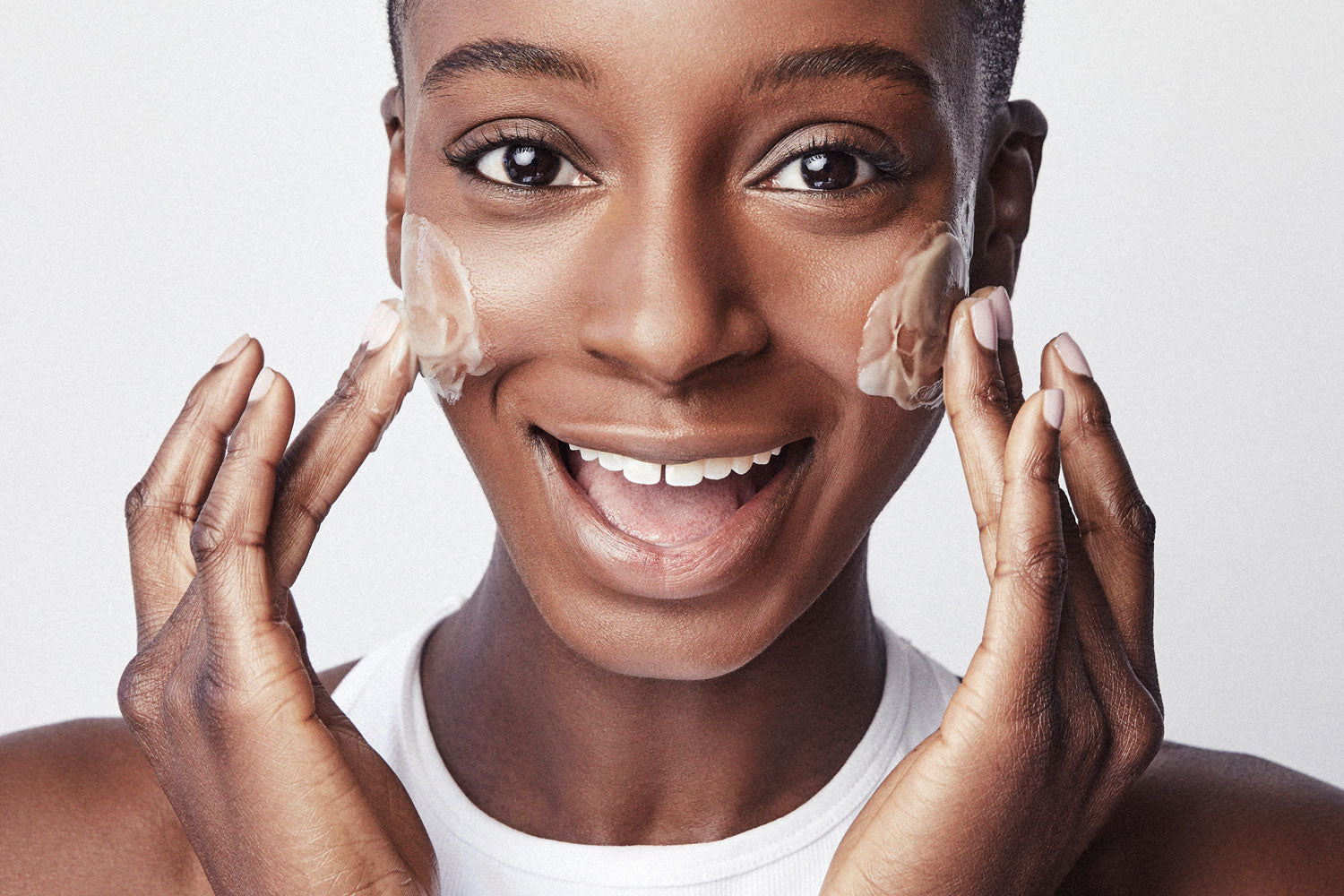
A Quick Review of the Skin’s Structure
Before we get into why exfoliation is so important, let’s first discuss the skin’s structure. Skin has different layers, the top layer being the epidermis, which is the body’s first line of defense and is responsible for protecting the body from environmental threats, injury, and infection. At the bottom layer of the epidermis, new skin cells are produced roughly every 30 days. These new cells push the older cells to the stratum corneum, which is the outermost layer of the epidermis consisting of dead skin cells.
What Does Exfoliating Do?
Your skin naturally sheds dead skin cells but sometimes these dead skin cells don’t actually leave. Instead, they may linger on the surface and overstay their welcome, ultimately getting in the way of bright, glowing skin. This is where exfoliation comes in.
Exfoliation refers to the process of removing dead skin cells to make way for new ones underneath, but this isn’t the only benefit. With the dead skin cells gone, the newer, healthier cells can properly absorb the ingredients in your topical skincare products, thereby improving their efficacy, meaning you now get more bang for your buck! Makeup can also be applied much more smoothly. Lastly, exfoliation helps prevent breakouts by keeping pores clear, which is why exfoliation is often listed as a key step in how to get clear skin.
Types of Exfoliants
There are two main methods of exfoliation: physical and chemical. Find out how each one works so you can determine which method is right for your skin.
Physical Exfoliants
Physical exfoliation, also known as mechanical exfoliation, is a method in which dead skin cells are removed from the skin through friction using tools like brushes and loofas. Sugar scrubs are popular physical exfoliants, partly due to the fact that they can be made at home using simple ingredients found in your own kitchen like brown sugar and various fruits. Facial scrubs like these and other physical exfoliants tend to have a gritty texture and require scrubbing motions so they’re harsher on the skin and typically unsuitable for those with dry or sensitive skin.
How to Use Physical Exfoliants
Step 1: Start with a clean face. Using your favorite brush or scrub (make sure it’s clean!), use small circular motions around your face. Apply light pressure, but avoid harsh scrubbing. Keep in mind that the goal isn’t to scrub your skin raw. Rather, you want to gently yet effectively remove dead skin cells.
Step 2: Rinse your face with lukewarm water. Using warm or hot water can irritate the freshly exfoliated skin!
Step 3: Pat dry using a fresh towel.
Step 4: Continue with the rest of your skincare routine and be sure to include moisturizer since exfoliation may cause dryness!
Chemical Exfoliants
Chemical exfoliation refers to the use of chemicals to slough off dead skin cells, but don’t let the word “chemical” scare you off. Whereas physical exfoliants require some sort of scrubbing action, chemical exfoliants are gentler on the skin and do all the hard work on their own. They break down the bonds between skin cells, and include alpha hydroxy axids (AHAs), which are water-soluble, and beta hydroxy acids (BHAs), which are oil-soluble. Chemical exfoliants such as these can be found in a variety of skincare products like medicated face washes, treatment gels, or peels.
Glycolic Acid
Glycolic acid is an AHA that has rose to popularity in the skincare world thanks to its exfoliating, brightening, and anti-aging benefits. However, add this ingredient to your routine in moderation -- stay away from anything containing more than 10 percent glycolic acid so you don’t compromise the health of your skin.
Note: Glycolic acid and other AHAs increase your skin’s sensitivity to the sun so be sure to use sun protection on a daily basis.
Salicylic Acid
Salicylic acid is a BHA. Since BHAs are oil-soluble, they’re able to penetrate the pores much deeper than AHAs, making them especially useful for those with acne-prone skin. Salicylic acid also has anti-inflammatory properties, so not only does it exfoliate the skin but it also calms redness, unclogs pores, and clears them of dirt, oil, and bacteria. Salicylic acid can be found in Treat, our vegan acne treatment gel, which is part of our 3-step Clear Skin Routine.
Complexion Perfection
Reduce breakouts and prevent future ones with this powerful, yet gentle exfoliating gel.
Bye Bye BreakoutsHow to Use Chemical Exfoliants
Step 1: After cleansing, apply your favorite chemical exfoliant to the skin using gentle circular, upward motions.
Step 2: For products that should be left to absorb into the skin, wait for it to dry completely before moving on the rest of your skincare routine. For products that should be rinsed off, do so with lukewarm water, not too warm or hot.
Step 3: Pat dry using a fresh towel.
Step 4: Continue with your skincare routine, making sure to include moisturizer since exfoliation may cause dryness!
Which One is Better?
The best exfoliation method will depend on your personal preference and whichever method is most effective for your skin. Whatever you decide, use only one exfoliant on any given day. Using both exfoliation methods in one day can wreak havoc on your skin.
Always be sure to carefully monitor how your skin reacts to exfoliation -- the second you notice any dryness, redness, or other form of irritation, you may want to try a different method or cut back altogether.
How Often You Should Exfoliate
Now that we’ve answered the question “What does exfoliation do?”, let’s jump into how often you should exfoliate. When done correctly, exfoliation can smooth out and even your skin texture, help increase cell turnover, and fade dark spots and hyperpigmentation. You can exfoliate as often as your skin type can tolerate it, but it’s always helpful to have a good starting point. If adding an exfoliant to your routine for the first time, you may want to start off slow. Use an exfoliant just once a week to allow your skin to acclimate to the new addition before moving to twice a week. Here’s a breakdown on recommended exfoliation according to your skin type.
Dry or Sensitive Skin
If you have dry skin or sensitive skin, the process of exfoliation may be too harsh so be very careful when adding an exfoliant to your routine. Opt for a mild exfoliant and keep a close eye on how your skin reacts. As an extra step of caution, patch test your exfoliant before using it on the entire face to ensure it doesn’t cause an adverse reaction. If using a physical exfoliant like a brush, consider using the softest brush head available.
Oily Skin
Those with oily skin have a higher tolerance for exfoliation and can exfoliate more frequently. Although your skin can handle more, it’s easy to go overboard, which can dry out your skin and actually trigger your skin to produce even more oil to compensate. Start off with exfoliating twice a week to help keep your skin vibrant and radiant.
Normal Skin
Normal skin isn’t picky so you can get away with exfoliating two to three times per week. You may have the most options, but still be sure watch how your skin responds to any exfoliant you choose to use.
The Dangers of Over-Exfoliation
When it comes to exfoliation, less is more. Over-exfoliating can damage the skin’s protective barrier, which is responsible for keeping moisture from escaping. Stick to the recommended frequency to avoid leaving your skin dry, flaky, or irritated. Signs of over-exfoliation, or even exfoliating too aggressively, include redness, excessive dryness, inflammation, and even micro-tears in the skin that may leave you susceptible to infections.
When to Skip Exfoliation
Although exfoliation is an important step in your weekly skincare routine, there are times when you should just skip it. For some skin conditions, exfoliation can cause more harm than good. Remember to also take seasons into account. During the colder winter months, your skin is likely more dry so you’ll want to cut down on exfoliation if it’s more prone to irritation. Hold off on exfoliation during the following times:
- When you have any kind of infection or open wound on your face
- When you have sunburn
- When your skin has flaky or excessively dry patches

Abby Vinas
Abby Vinas has long been an active member of the holistic health community, advocating in favor of its benefits to both our physical and emotional well-being. Her commitment to leading a healthy lifestyle has made her an authority on self-care practices. Abby is passionate about fitness, nutrition, and proper skincare, and is also an avid lover of avocado toast and dog-petting.



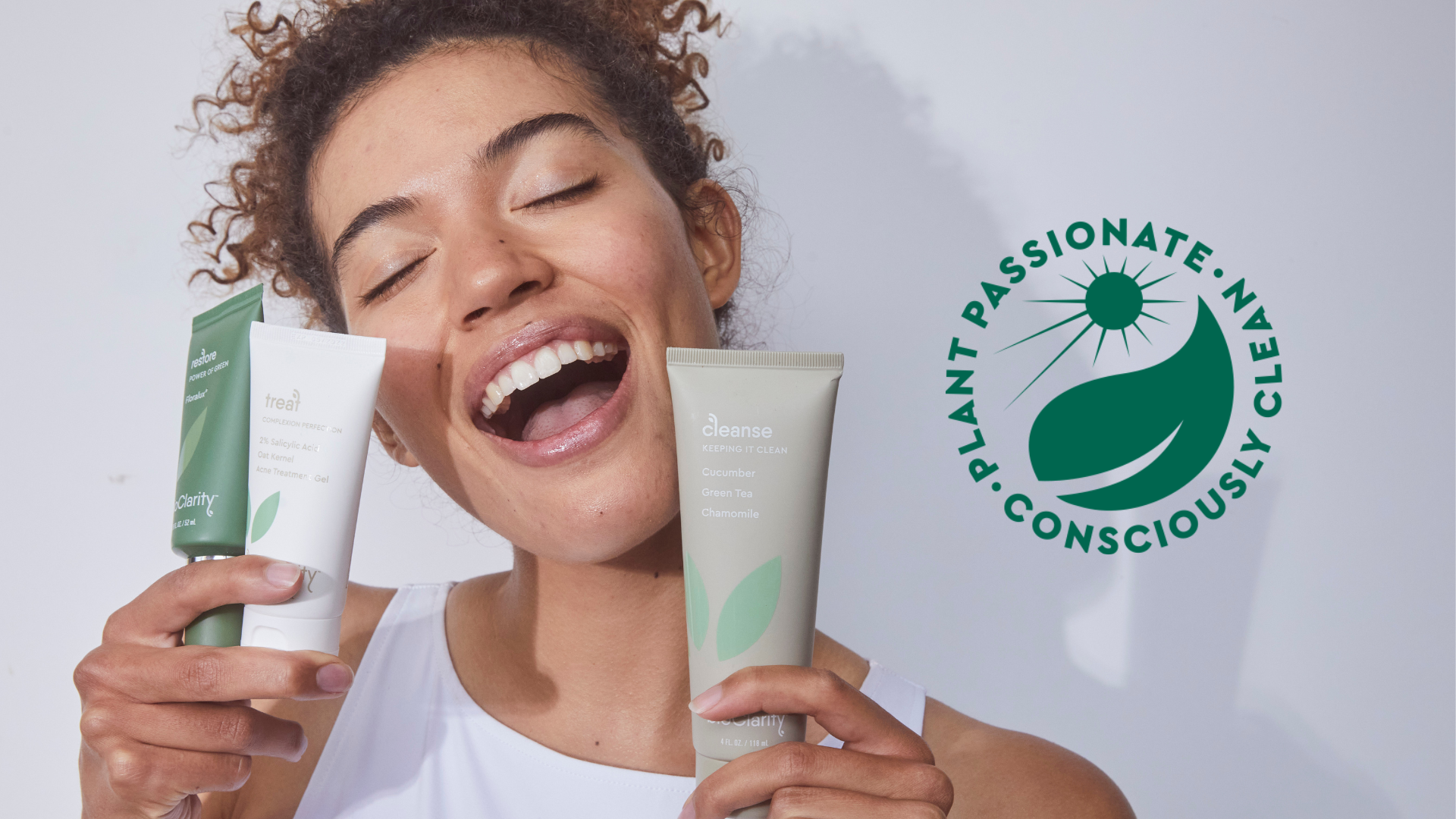
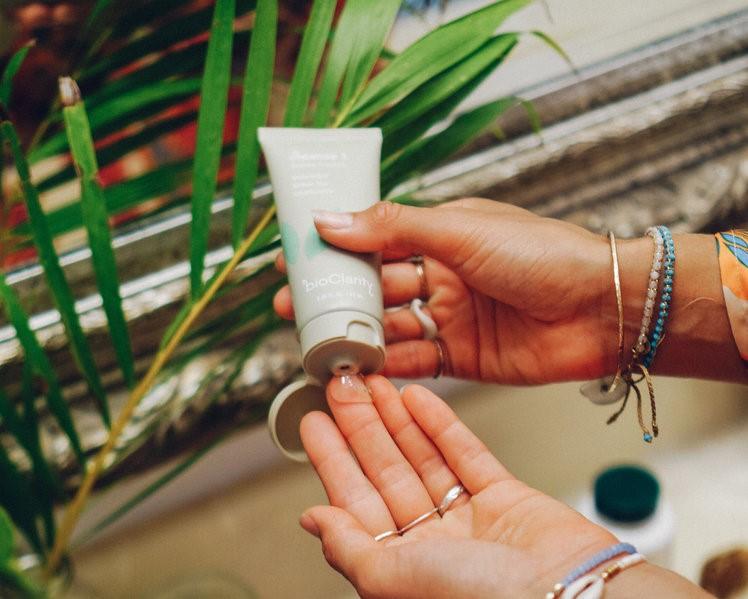
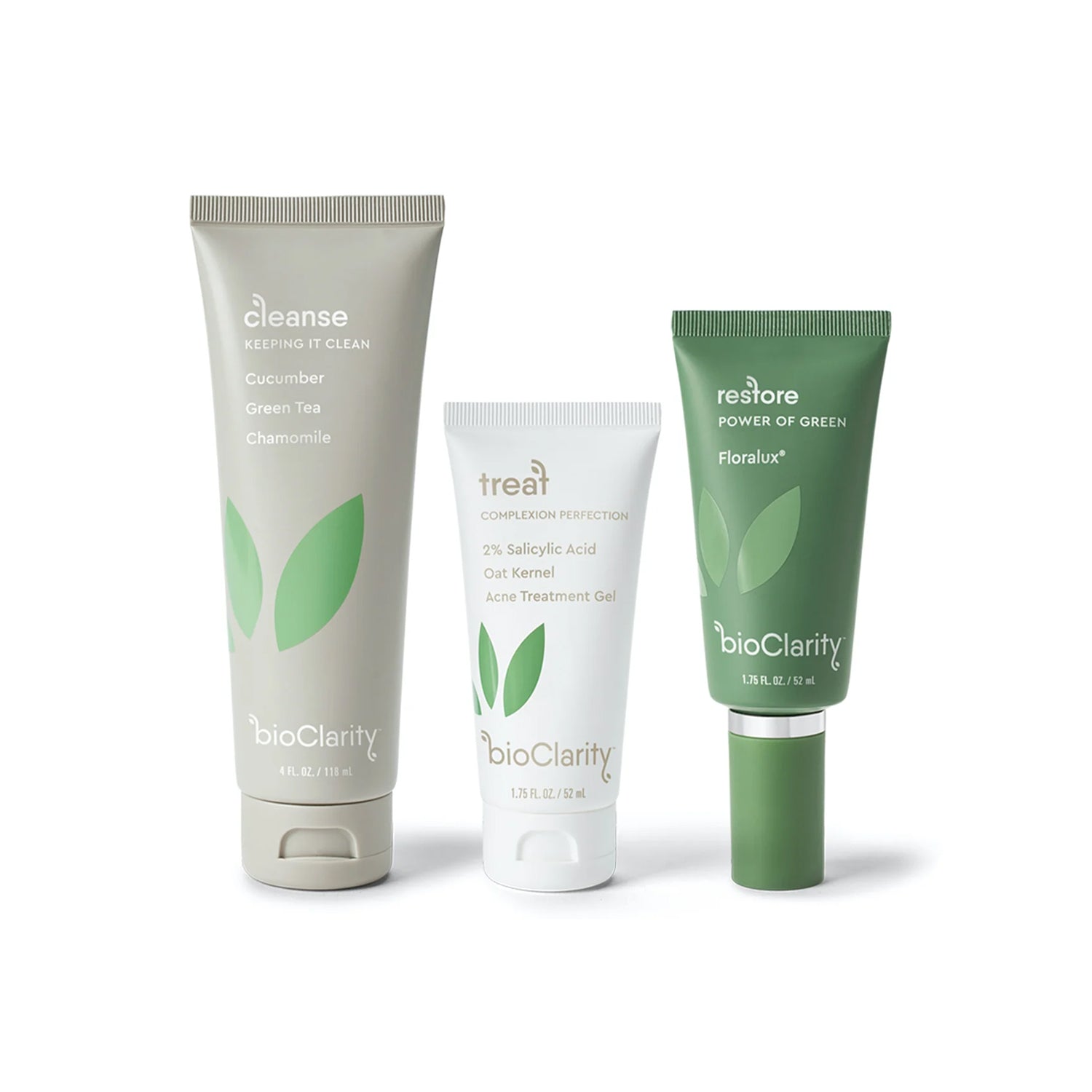
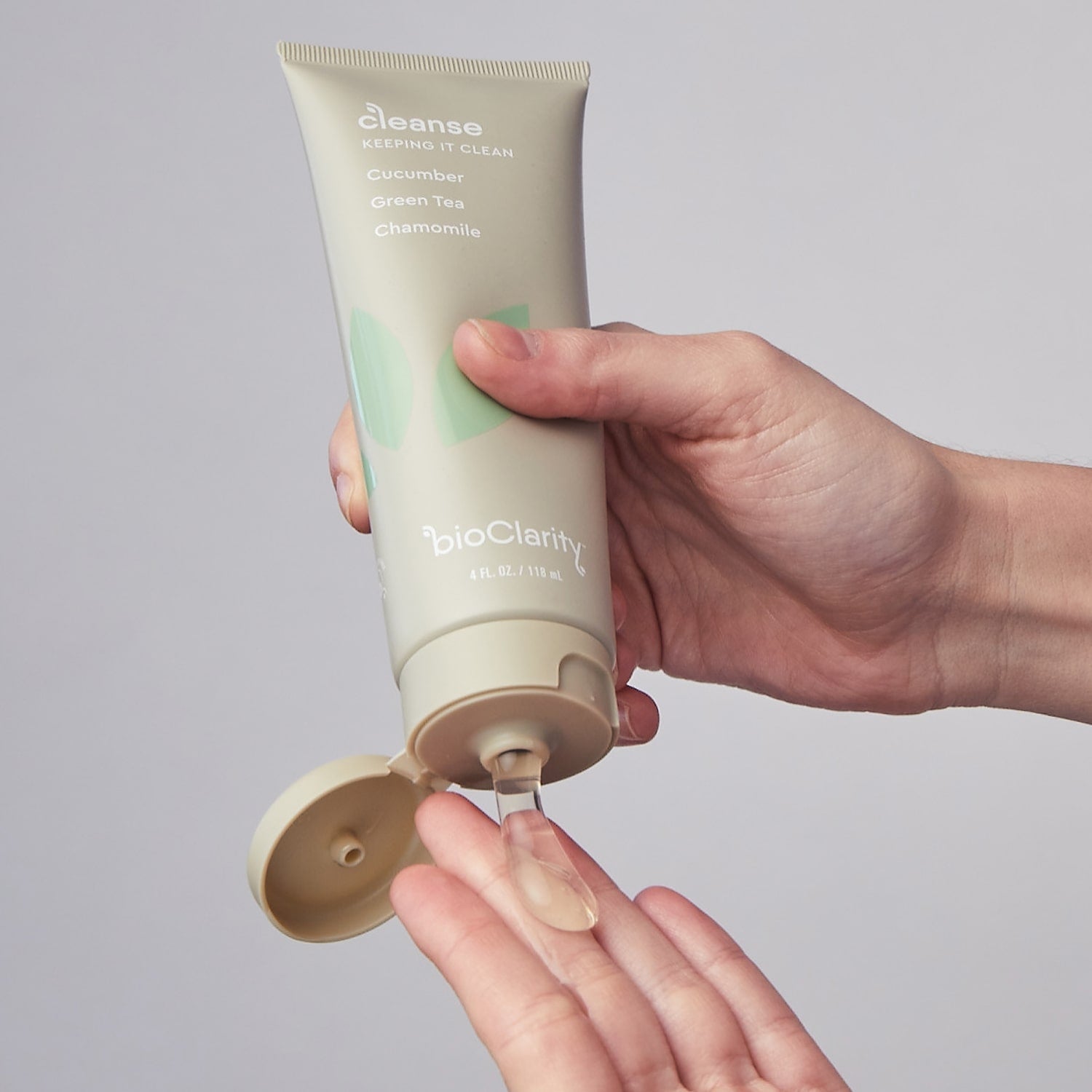
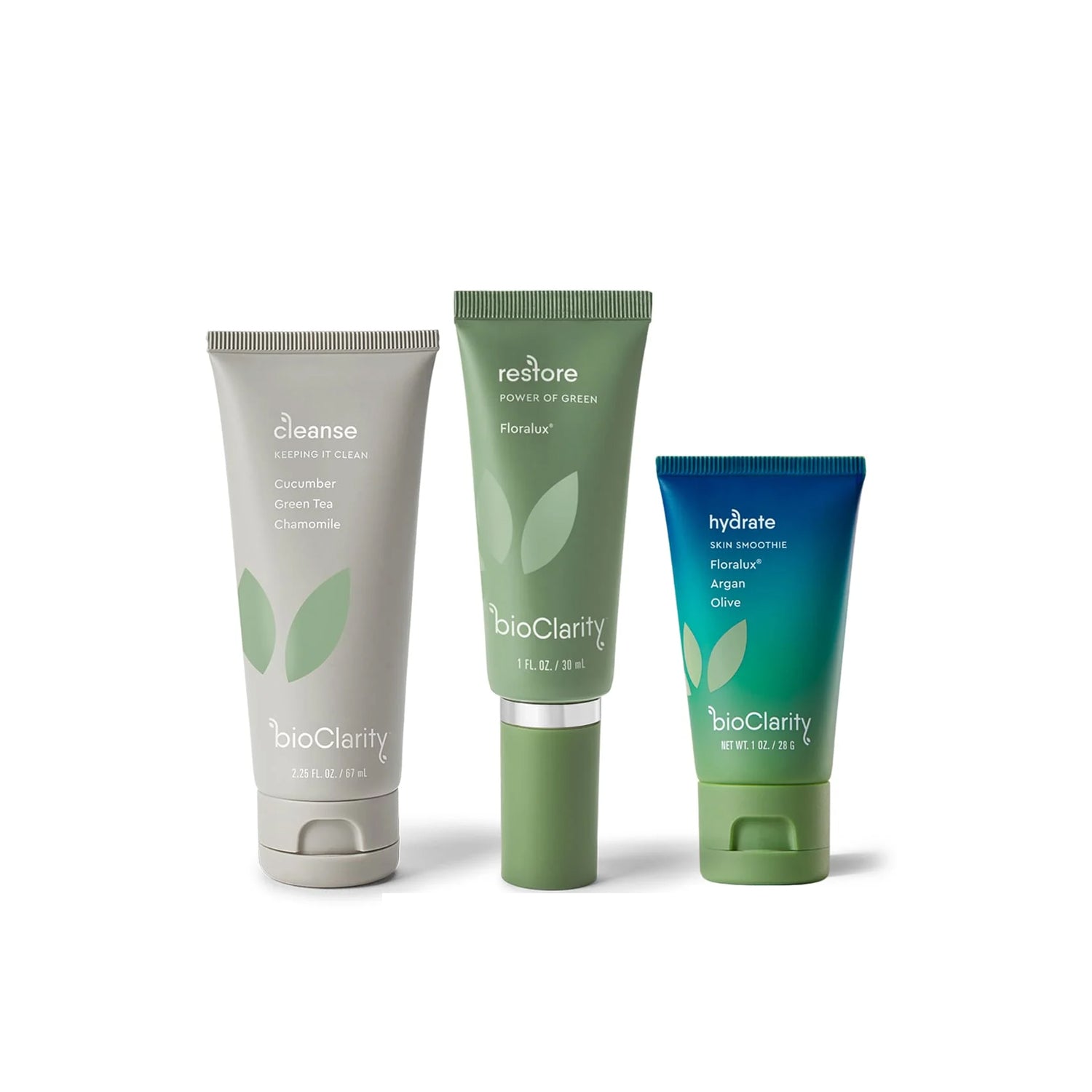
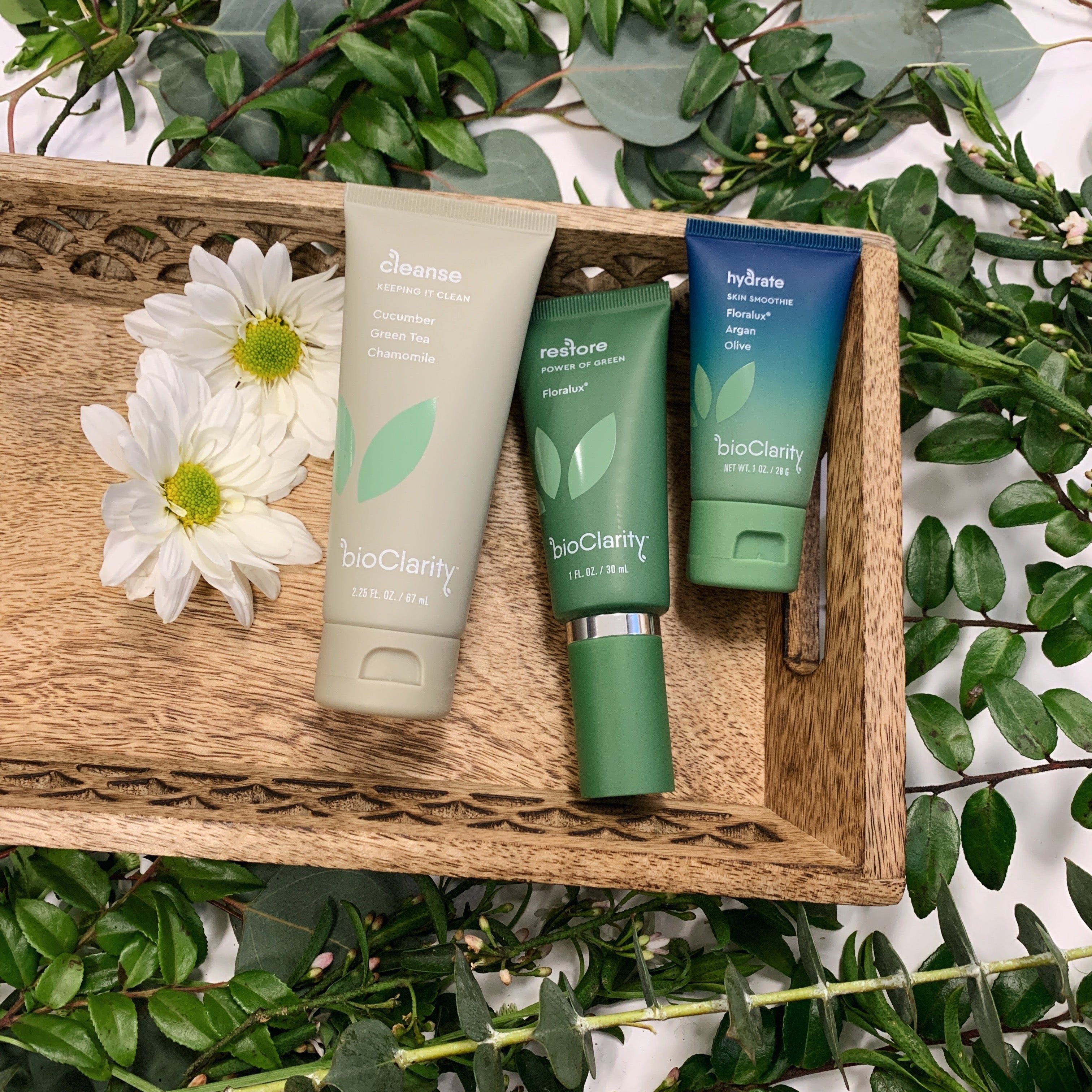
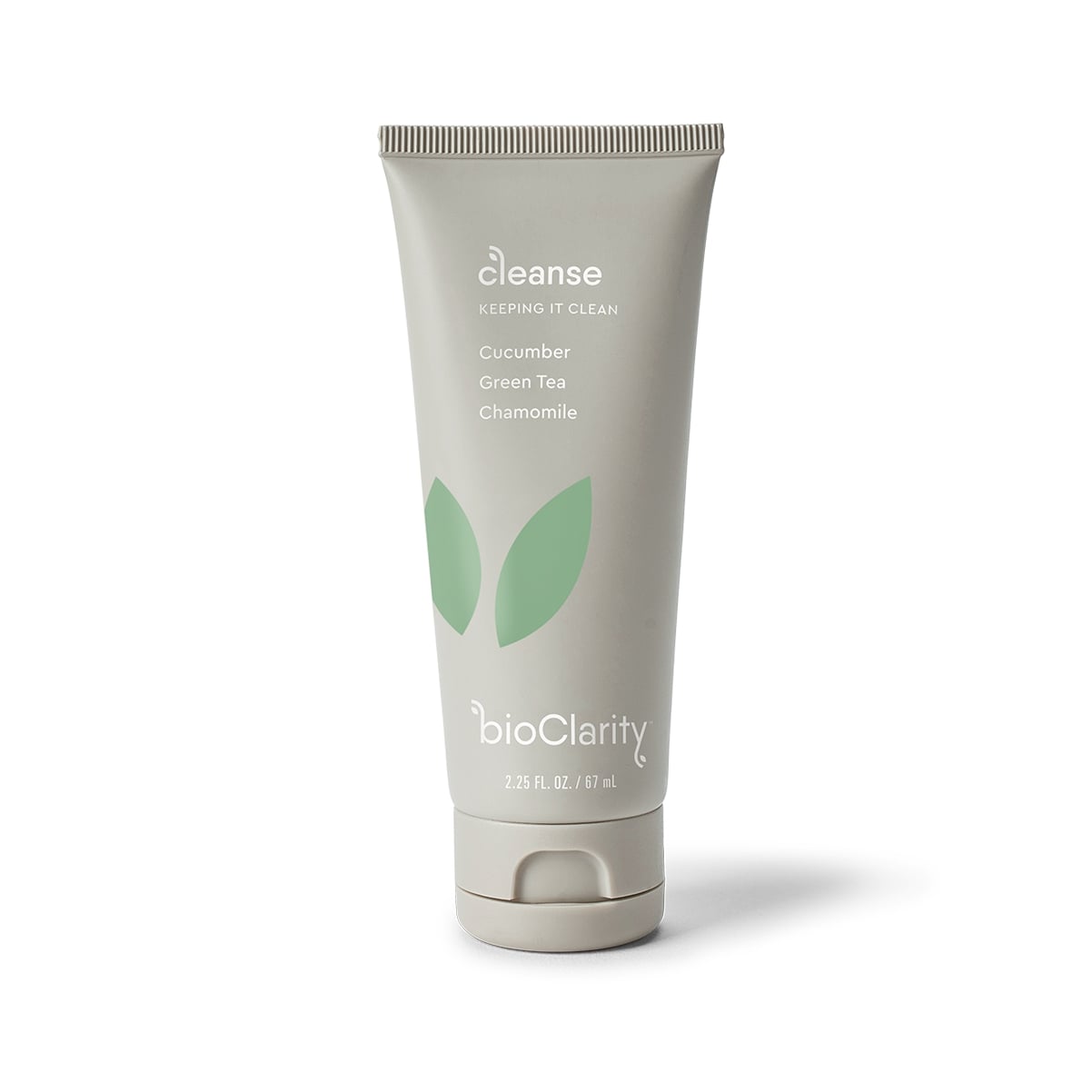
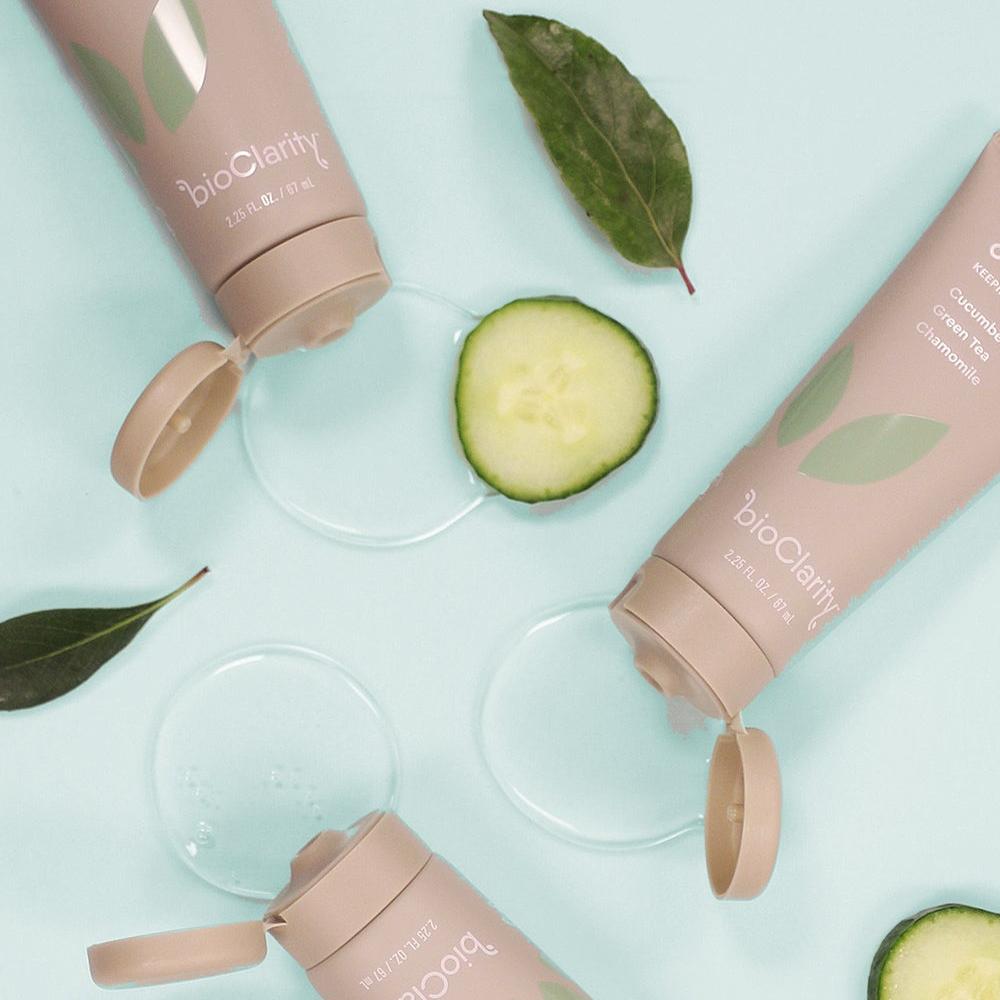
Comments